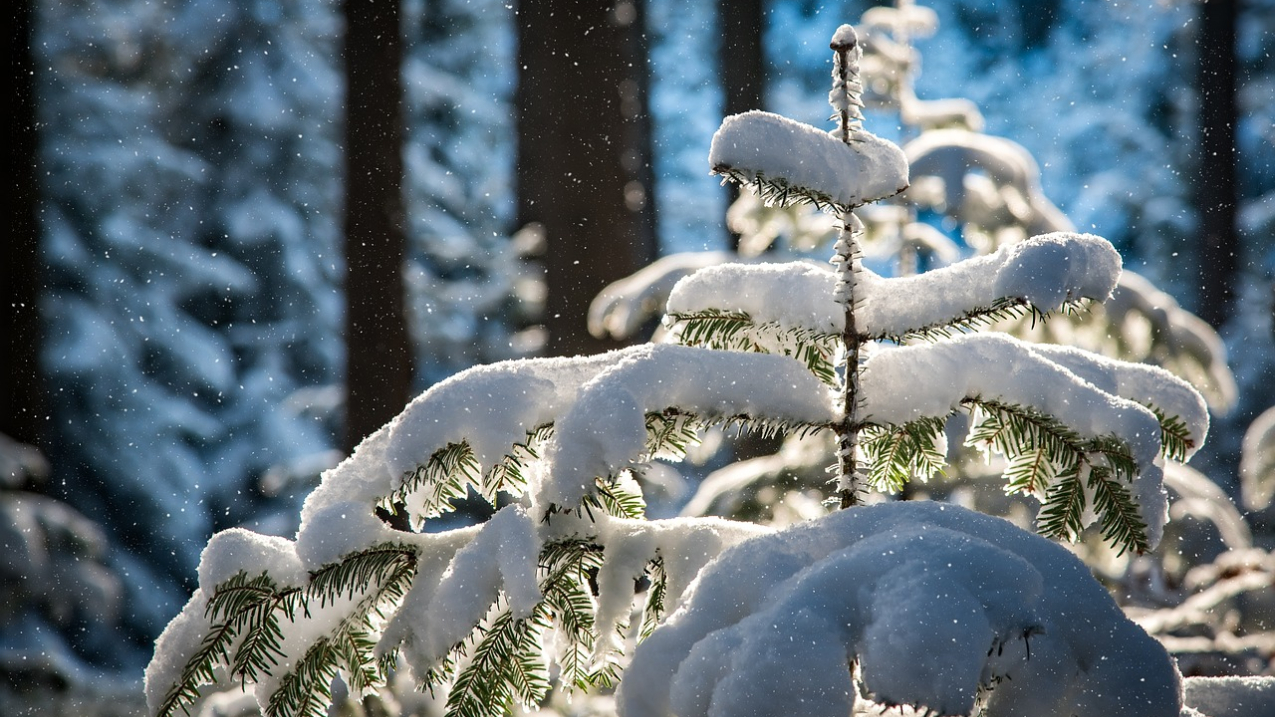The hidden forces transforming Christmas traditions
The magic of Christmas is undergoing subtle yet undeniable changes and climate change is playing a significant role in reshaping the way we celebrate the holiday season. Fewer parts of the country are seeing the expected snowy Christmas, and prices for Christmas trees and traditional meals are going up. The impacts of a warming planet are becoming increasingly apparent in these changes.
According to data from Climate.gov, the Earth’s temperature has risen by an average of 0.11°F (0.06°C) per decade since 1850, culminating in a total increase of about 2°F. The year 2023 was the warmest on record, with the past decade (2014–2023) hosting the ten warmest years in history. These changes are not without consequences, especially during the festive season.
Snowy Christmases: A thing of the past?
The iconic image of a snow-covered Christmas is becoming less common. Research shows that the likelihood of having at least one inch of snow on Christmas Day is declining across the Southern United States and gradually moving northward. Precipitation patterns are shifting as well, with an increased frequency of heavy rain, freezing rain, and even severe weather during December.
Mike Ryan, Lead Meteorologist at the National Weather Service in Indianapolis, IN notes:
“Temperature averages in December have increased across central Indiana over the past 10 to 20 years, with less time during the month spent at or below freezing. Precipitation type is becoming more variable as a result with increased occurrences of rain, freezing rain or a mix of types as opposed to snow. Snow is becoming less frequent with only 4 Christmases in the last 20 years having one inch of snow on the ground at Indianapolis.”
These two graphics illustrate that the chances of having at least one inch of snow on Christmas are gradually decreasing across the Southern United States, and this trend is slowly moving north. It’s not just that snow is less likely; there is also an increased likelihood of experiencing extreme rain, freezing rain, or even severe weather.
https://noaa.maps.arcgis.com
https://noaa.maps.arcgis.com
Christmas trees under stress
The effects of climate change are also being felt on Christmas tree farms, where warmer temperatures, shifting growing zones, and increased pest activity are taking their toll.
- Shifting growing zones: As temperatures rise, prime growing areas for Christmas trees are moving further north or to higher elevations, meaning that holiday tree growers may have to raise their prices or and high quality trees might be harder to find.
- Pest infestations: Warmer winters are allowing pests such as aphids, mites, and adelgids to survive and thrive, which can damage and kill trees, as well as reduce crop yields. Notably, the Balsam Woolly Adelgid has devastated about 95% of Fraser Firs in North Carolina (A Christmas Tree’s Journey, NCEI) .
- Water mold diseases, such as Phytophthora root rot, are becoming a growing concern as climate change leads to wetter conditions and reduced snowfall in areas that historically experienced snow. These changes create the ideal environment for the disease to thrive, weakening and killing trees in poorly drained areas.
These challenges not only affect the availability and price of Christmas trees but also have broader environmental implications. Dead trees increase wildfire risks, and the loss of root structures on mountainsides heightens the danger of mudslides during heavy rains, which are becoming more frequent due to climate change.
Putting a bow on it
While climate change may not be stealing Christmas, it is gradually reshaping our traditions. The goal of building a climate-ready nation is to recognize and address these impacts, mitigate harm, and enhance resilience. From communicating the chances of a snowy holiday, to supporting sustainable Christmas tree farming, we can take steps to adapt while safeguarding the holiday spirit for generations to come.

